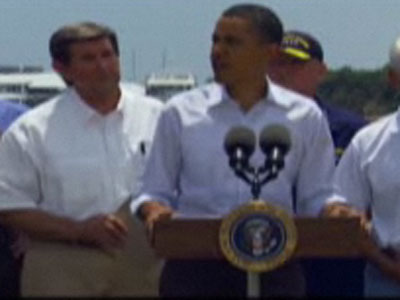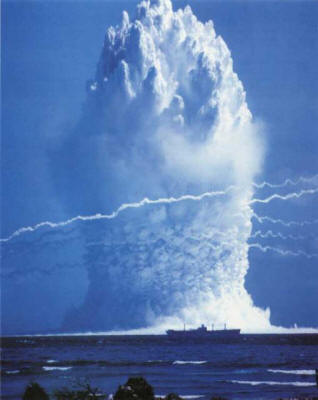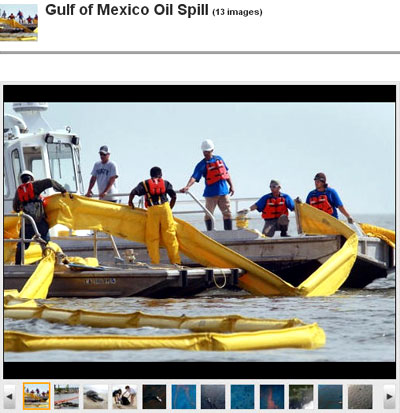|
from BusinessInsider Website
Now that
BP's Top Kill attempt has failed,
and it's dawning on people that the leak really could go on until
August (provided the relief well works, which is no 100% guarantee,
which is why they're drilling two of them), here's what's going to
happen.
Supposedly it's been done in Russia (below report), and by the middle of the coming week, it will be all over cable news, as pundits press The White House hard on whether it's being considered and why not.
from TrueSlant Website
As BP prepares to lower
a four-story,
70-ton dome over the oil gusher under the Gulf of Mexico, the
Russians - the world’s biggest oil producers - have some advice for
their American counterparts: nuke it.
Yes! It’s so simple, in fact, that the Soviet Union, a major oil exporter, used this method five times to deal with petro-calamities.
The first happened in Uzbekistan, on September 30, 1966 with a blast 1.5 times the strength of the Hiroshima bomb and at a depth of 1.5 kilometers.
KP also notes that subterranean nuclear blasts were used as much as 169 times in the Soviet Union to accomplish fairly mundane tasks like creating underground storage spaces for gas or building canals. Click above image
These kinds of surgical strikes to shut
off underground leaks, however, were carried out only five times,
with the last one occurring in 1979. And there was only one misfire,
near Kharkov, Ukraine, where a nuclear blast was unable to stanch a
gas leak.
Via KP.ru, and the inimitable Kevin O’Flynn of The Moscow Times
|



